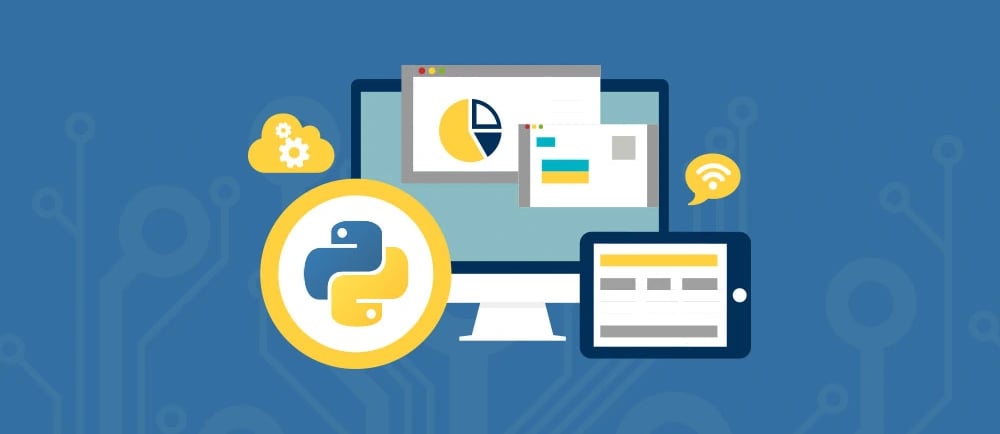Data Setup
5 min read


Data is the foundation on which information, insights and stories are built, they are interconnected and each one builds on the previous one, leading to a more complete and actionable understanding of the data.
DATA > Information > Insights > Story:
Data refers to raw facts and figures that are collected and stored.
Information is the process of organizing and interpreting data to make it meaningful and useful.
Insights are deeper understandings or revelations that are derived from analyzing data, they go beyond just describing what the data shows and explains why it is important or relevant.
Story is a narrative or explanation that is created from the information and insights, it helps to make sense of the data, and presents it in a way that is easy to understand and actionable.
A data analytics setup typically includes the following components:
Data sources:
These are the sources of data that will be analyzed, such as databases, CSV files, or APIs.
Data storage:
Data is typically stored in a centralized location, such as a data warehouse or a cloud-based data lake, for easy access and analysis.
Data processing:
Data is cleaned, transformed, and prepared for analysis using tools such as Apache Spark or Apache Hive.
Data visualization:
The results of the analysis are typically presented using visualizations such as charts, graphs, and dashboards. Tools such as Tableau, Power BI, and Looker are commonly used for this purpose.
Analytics and machine learning models:
Advanced analytics and machine learning models can be built using tools such as R, Python, and TensorFlow to gain insights from the data.
Collaboration and communication:
A data analytics setup often involves collaboration among team members and communication with stakeholders.
Security and Governance:
Secure the data and access to it and also ensure that data is being used in compliance with regulatory and compliance requirements.
Data governance:
This includes processes and policies for managing data quality, security, and compliance.
Automation:
Automation can help streamline data processing and analysis tasks, allowing for more efficient and accurate results.
Integration:
Data analytics setups often need to integrate with other systems and platforms, such as CRM, ERP, and marketing automation systems.
Reporting and alerting:
Automated reporting and alerting can help keep stakeholders informed of important trends and insights in the data.
Cloud-based infrastructure:
Many data analytics setups are built on cloud-based infrastructure, such as AWS, Azure, or GCP, to take advantage of the scalability, security, and cost-effectiveness of the cloud.
Data modeling:
Data modeling is the process of creating a conceptual representation of data, which can be used to improve data quality, performance, and scalability.
Monitoring and maintenance:
Regular monitoring and maintenance of the analytics setup is crucial to ensure that it is functioning properly and delivering accurate results.
Data warehousing:
Data warehousing is the process of collecting, storing, and managing data from multiple sources for reporting and analysis. It can help to improve data quality, performance, and scalability.
Data integration:
Data integration is the process of combining data from multiple sources, such as databases, CSV files, and APIs, into a single location for analysis.
Data quality and validation:
Data quality and validation is the process of ensuring that data is accurate, consistent, and complete before it is used for analysis.
Predictive modeling:
Predictive modeling is the use of statistical and machine learning techniques to analyze data and make predictions about future events or outcomes.
Data governance framework:
A data governance framework is a set of policies and procedures that ensure data is accurate, complete, and secure.
Business Intelligence:
Business Intelligence is the process of using data and analytics to gain insights and make better business decisions.
Self-service analytics:
Self-service analytics is a approach where non-technical users can access and analyze data using intuitive tools and interfaces.
Data lineage:
Data lineage is the process of tracking the origin and movement of data throughout the data analytics pipeline.
Metadata management:
Metadata management is the process of collecting, storing, and managing data about data, such as data definitions, data lineage, and data quality.
Data retention and archiving:
Data retention and archiving is the process of keeping data for a specific period of time, as per the compliance and retention policies, and then removing it from the active data analytics system.
